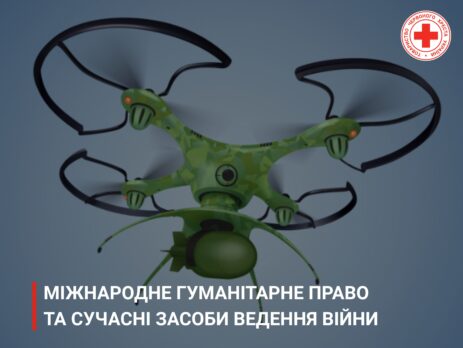How International Humanitarian Law Applies to Modern Means and Methods of Warfare
International Humanitarian Law (IHL) exists to place limits on the means and methods of warfare, providing protection to those who need it most. More broadly, IHL seeks to strike a balance between military necessity and humanity. It is this balance that underpins the fundamental principle that even war has rules — and that all parties to an armed conflict are bound to respect them.
At the same time, military technologies are evolving rapidly, which raises important questions about how IHL regulates their use. This is particularly relevant in the case of unmanned systems, such as drones, which have significantly altered the nature of modern battlefields.
It is important to note that the use of such means — for example, drones — is not explicitly regulated by IHL treaties. This is not surprising, given the continuous advancement of military technologies. But does this mean that IHL norms are no longer applicable in contemporary armed conflicts? On the contrary, the core principles of IHL, including customary law, are of a universal character and remain fully applicable.
Regardless of the specific weapon or technology, the principle of distinction obliges parties to distinguish at all times between civilians, civilian objects, and military targets. Attacks against civilians or civilian objects are strictly prohibited. This is reinforced by the prohibition of indiscriminate attacks, which means that attacks that fail to distinguish between civilians and combatants are also unlawful.
Finally, the principle of proportionality in attack prohibits any attack in which the expected incidental loss of civilian life, injury to civilians, or damage to civilian objects would be excessive in relation to the concrete and direct military advantage anticipated. This requires careful planning and a thorough assessment of potential consequences.
Thus, despite the emergence of new technologies — including drones, automated systems, and artificial intelligence — the rules of international humanitarian law remain binding. The Ukrainian Red Cross, in fulfilling its mandate, continues to promote awareness of IHL, helping to explain the relevance of its principles and the critical importance of their implementation for the protection of war victims.

